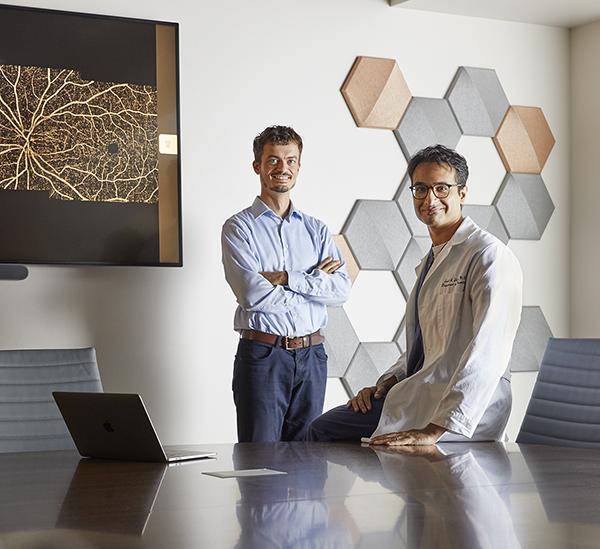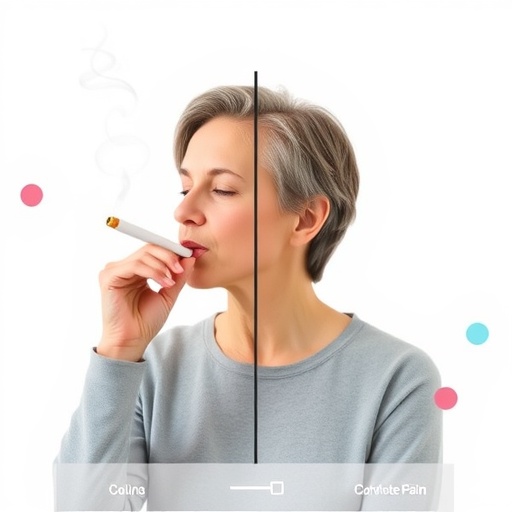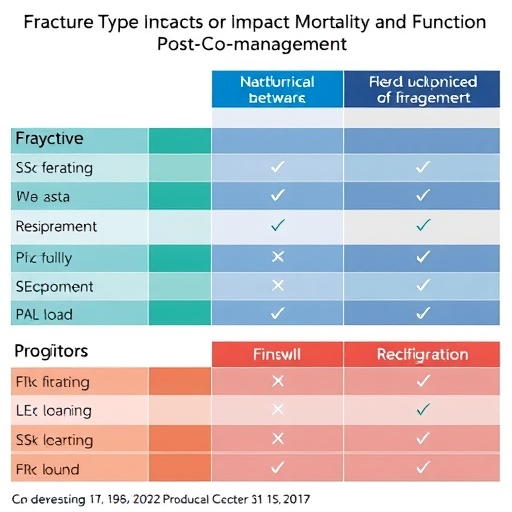
Credit: (Photo by Terry Vine)
New artificial intelligence technology that uses a common CT angiography (CTA), as opposed to the more advanced imaging normally required to help identify patients who could benefit from endovascular stroke therapy (EST), is being developed at The University of Texas Health Science Center at Houston (UTHealth). Research to further develop and test the technology tool is funded through a five-year, $2.5 million grant from the National Institutes of Health (NIH).
Two UTHealth researchers worked together to create a machine-learning artificial intelligence tool that could be used for assessing a stroke at every hospital that takes care of stroke patients – not just at large academic hospitals in major cities.
“The vast majority of stroke patients don’t show up at large hospitals, but in those smaller regional facilities. And most of the emphasis on screening techniques is only focused on the technologies used in those large academic centers. With this technology, we are looking to change that,” said Sunil Sheth, MD, assistant professor of neurology at McGovern Medical School at UTHealth.
An ischemic stroke occurs when blood flow to a part of the brain is impeded, meaning that part of the brain is not receiving the oxygen and nutrients it needs to survive. Stroke is the fifth leading cause of death in the U.S. according to the Centers for Disease Control and Prevention and the 10th leading cause of disability.
Large vessel occlusion is a type of stroke where a major artery of the brain is blocked. In clinical trials, these patients have benefitted from EST, in which a catheter is inserted into the brain to remove the clot. However, Sheth explained that when treating these types of strokes, speed of treatment is critical.
“There is a large territory of the brain that is at risk of dying with large vessel occlusion, so we need to make sure we evaluate these patients as quickly as possible so they can receive the treatment they need,” he said.
Sheth set out with Luca Giancardo, PhD, assistant professor with the Center for Precision Health at UTHealth School of Biomedical Informatics, to develop a quicker way to assess patients. The result was a novel deep neural network architecture that leverages brain symmetry. Using CTAs, which are more widely available, the system can determine the presence or absence of a large vessel occlusion and whether the amount of “at-risk” tissue is above or below the thresholds seen in those patients who benefitted from EST in the clinical trials.
“This is the first time a data set is being specifically collected aiming to address the lack of quality imaging available for stroke patients at smaller hospitals,” Giancardo said.
Giancardo said this technology is also important to help those smaller regional hospitals determine if a patient needs to be transferred to a larger one. “This technology will allow those hospitals to screen these patients more effectively and quickly, and then be able to transfer them faster to the larger academic hospitals where EST is available,” he said.
Sheth and Giancardo are excited that they have been able to collaborate on this technology.
“We have a unique opportunity here at UTHealth since we have several institutions with experts from different areas that are able to use their different skillsets and knowledge to work together to tackle problems like this. I am very grateful for this opportunity,” Giancardo said. Sheth and Giancardo are also both faculty members of the UTHealth Institute for Stroke and Cerebrovascular Disease.
Using the money from the grant, Sheth and Giancardo will establish a multi-institution dataset for research in acute ischemic stroke. This data will be collected from 15 hospitals across Texas and California including both larger academic institutions like UTHealth and smaller community hospitals. The team will also develop interpretable deep-learning models to determine a patient’s eligibility for EST, and deploy the technology to hospitals not involved in the creation of the models to test its validity.
“The device will learn to assess the patient based on the models we create,” Giancardo said.
Giancardo is also excited about what this technology could mean for the future of stroke care. “It is going to be able to be used in as many hospitals as possible so that many more stroke patients will be able to get the treatment they need,” he said.
The grant was funded by the National Institute of Neurological Disorders and Stroke, part of the NIH. (grant R01NS121154)
###
Media Contact
Alexis Shelly
[email protected]
Original Source
https:/




